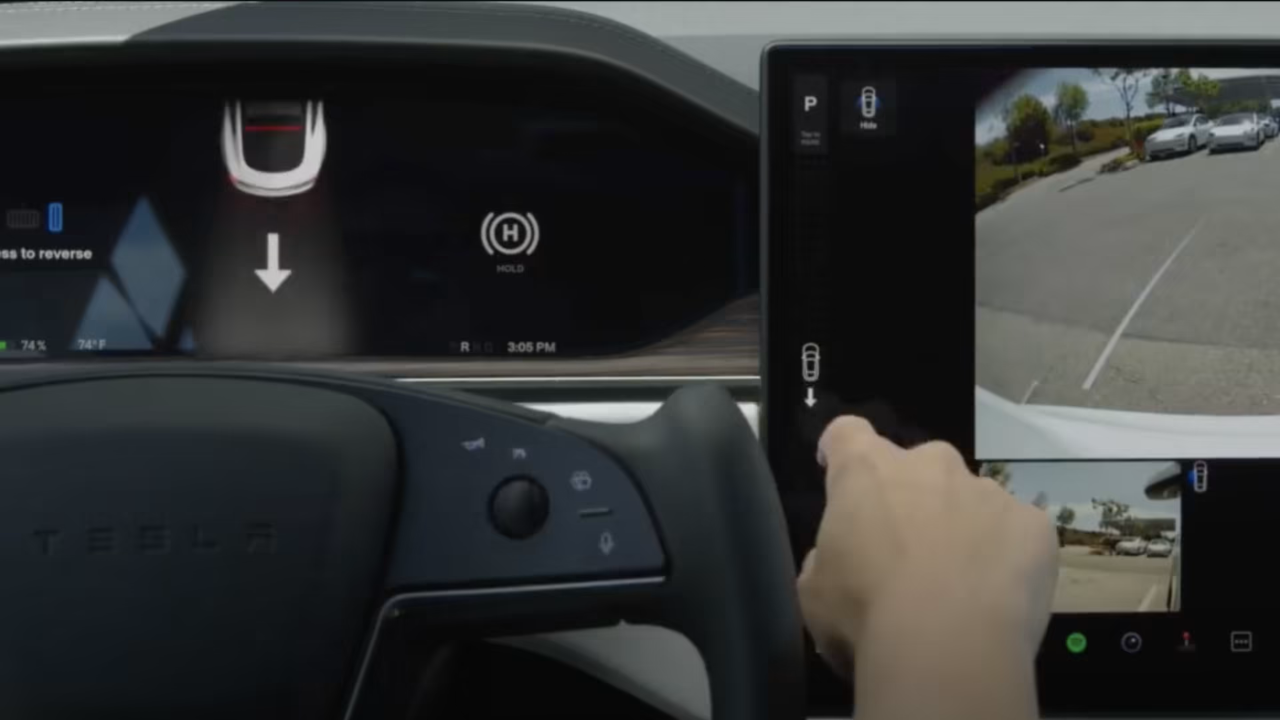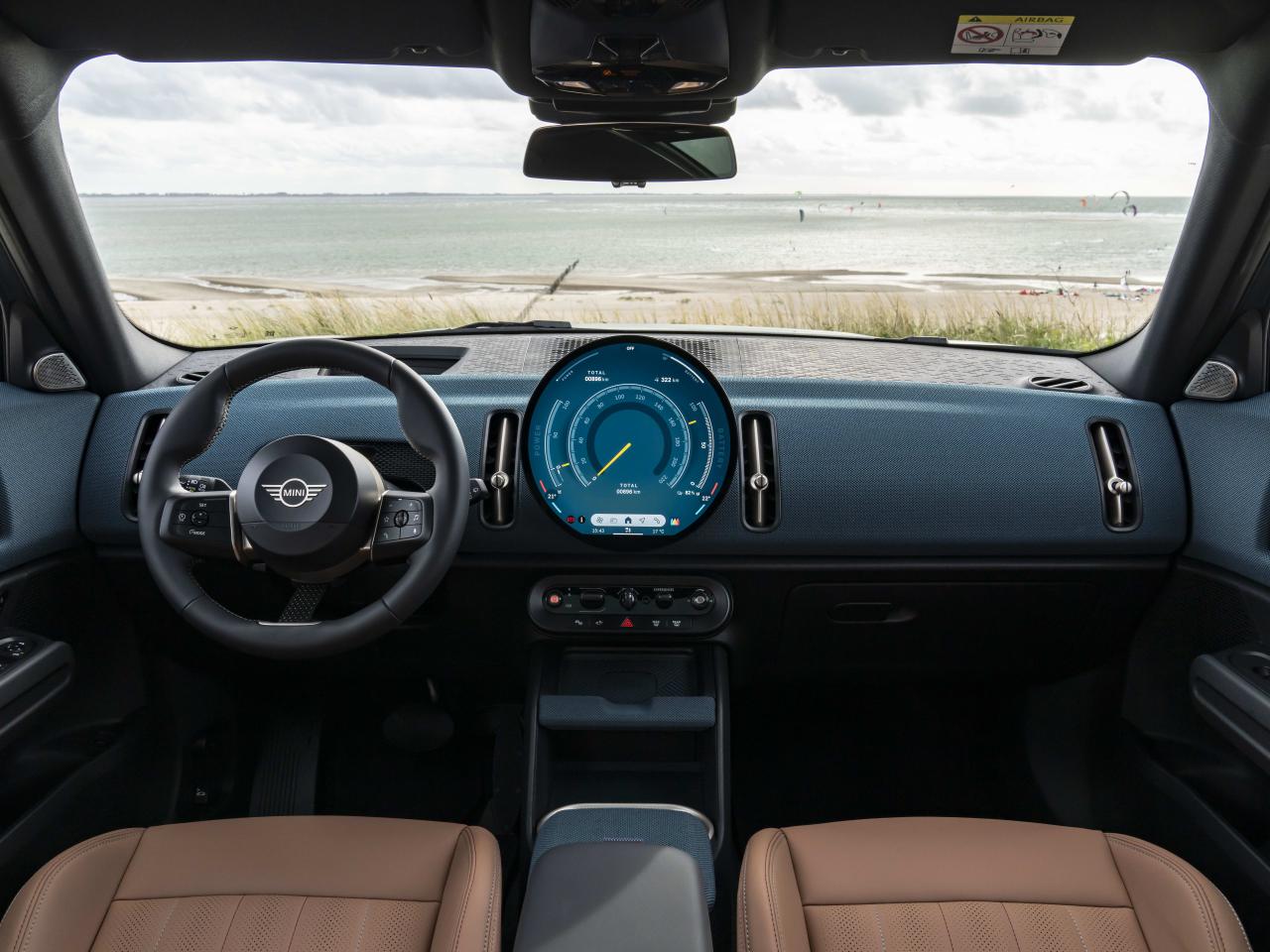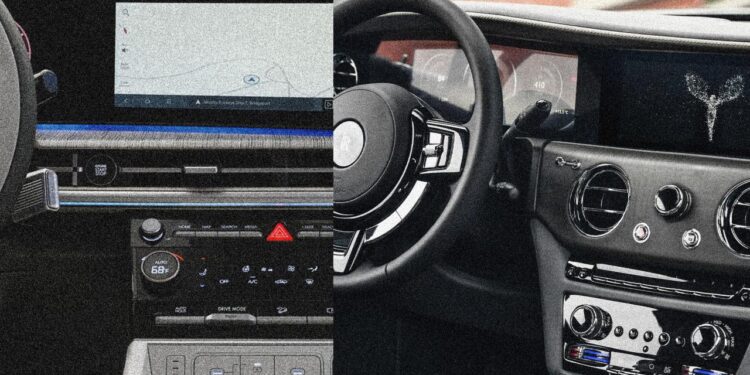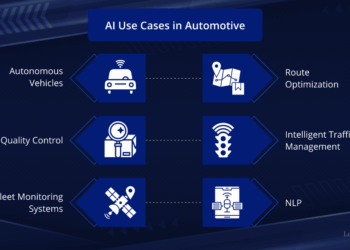In recent years, the automotive industry has been on a path toward increasingly digitalized and tech-centric vehicles. Many new cars come equipped with large touchscreens, voice recognition systems, and other high-tech interfaces that replace traditional physical controls. However, in 2025, some automakers are reversing this trend, opting to reintroduce physical buttons in their vehicle designs. This shift is primarily motivated by safety concerns and a growing recognition of the limitations of touchscreens in vehicles.
In this article, we’ll explore why automakers are bringing back physical buttons, the factors driving this change, and how it impacts both drivers and the broader automotive industry. We’ll also discuss how this change may influence the way vehicles are designed in the future, and why the physical button is making a comeback despite the digital revolution.
A. The Rise of Digitalization in Cars

The move toward more digitalized vehicles has been one of the biggest trends in the automotive world over the past decade. Innovations such as touchscreen infotainment systems, digital instrument clusters, and voice-controlled systems have all replaced traditional physical dials, buttons, and knobs. These digital interfaces were initially introduced to improve the in-car experience, making it more modern and streamlined.
A.1. The Appeal of Touchscreens and Digital Controls
The allure of touchscreens and digital interfaces is undeniable. These systems allow for a clean, minimalistic look inside the car and provide an all-in-one solution for a variety of functions such as navigation, music, climate control, and vehicle settings. The intuitive nature of these systems, where drivers can control almost everything with a tap or swipe, is an attractive feature for tech-savvy consumers.
-
Ease of Use: Touchscreens offer convenience by consolidating numerous functions into one interface, making the dashboard look less cluttered.
-
Customization: The digital systems can be easily updated with software upgrades, allowing automakers to enhance features over time without needing physical hardware changes.
-
Aesthetic Appeal: The sleek, modern look of touchscreens fits well with the trend toward futuristic, tech-driven vehicle designs.
Despite these advantages, automakers and experts have begun to realize that this digital-centric design approach comes with some significant drawbacks, particularly when it comes to driver safety and usability.
B. Safety Concerns: The Case for Physical Buttons
While digital interfaces have their benefits, they have raised numerous safety concerns, especially when it comes to distracted driving. Research and feedback from drivers have revealed that touchscreens, while convenient in some instances, can take the driver’s attention off the road. This is particularly problematic in situations where quick reactions and attention to the environment are required.
B.1. Distracted Driving and Touchscreen Interfaces
Many touchscreen systems require drivers to take their eyes off the road to locate and press virtual buttons on the screen. While this is not inherently dangerous, the complexity and clutter of modern touchscreen interfaces, with their multiple menus and submenus, can contribute to driver distraction. This can lead to dangerous situations, especially when drivers need to adjust controls such as climate, music, or navigation while driving.
-
Visual Distraction: Looking away from the road to interact with a touchscreen increases the likelihood of missing important visual cues from the surrounding environment, such as traffic signals, pedestrians, or other vehicles.
-
Cognitive Load: Complex systems that require drivers to process multiple options on a touchscreen can increase mental workload, impairing the ability to make quick, safe decisions.
-
Time Delay: Many touchscreens require a slight delay to register inputs, which can be problematic if drivers need to make a quick adjustment while in motion.
This issue is compounded by the tendency for some touchscreen systems to be overcomplicated with a range of features, making it difficult for drivers to make adjustments quickly without getting distracted.
C. Physical Buttons: A Return to Simplicity
In response to these concerns, some automakers are reintroducing physical buttons, knobs, and dials to their vehicles. While these controls may seem like a step backward in the age of digital innovation, they are a practical solution to the issue of distracted driving. Physical buttons allow drivers to make adjustments without taking their eyes off the road, providing tactile feedback that is much easier to use while driving.
C.1. The Advantages of Physical Buttons
Physical controls offer several benefits over their digital counterparts. First and foremost, they provide a safer and more intuitive driving experience. Here are some reasons why automakers are opting for a combination of both physical and digital controls:
-
A. Instant Feedback: Physical buttons offer immediate tactile feedback, allowing drivers to know with certainty that their input has been registered without needing to look at a screen.
-
B. Familiarity and Comfort: For many drivers, physical controls are more intuitive and comfortable to use. Buttons and knobs are familiar from years of driving older vehicles, and many drivers prefer the simplicity of traditional controls.
-
C. Reduced Distraction: Because drivers don’t need to interact with a screen, they can keep their eyes on the road, making it easier to focus on driving. This is especially important for functions such as adjusting the volume, changing the air conditioning settings, or managing navigation.
-
D. Ease of Use in Different Conditions: Physical controls are often easier to use in challenging conditions, such as when wearing gloves in the winter or driving in direct sunlight, which can make touchscreens harder to operate.
C.2. Why Some Automakers are Leading the Charge
Several leading automakers have already begun to reintroduce physical buttons and knobs to their vehicles. For example, brands like Toyota, Ford, and Volkswagen have made adjustments to their vehicle interiors by integrating physical buttons for critical functions such as climate control, volume adjustments, and other driver safety features.
-
Toyota has brought back physical buttons in its latest Camry and Highlander models, focusing on creating a balance between modern technology and ease of use.
-
Ford, in its new F-150 lineup, has integrated more physical controls in response to feedback from its customers who wanted more intuitive, non-distracting ways to interact with vehicle systems.
-
Volkswagen has also introduced physical knobs for climate and infotainment controls in several of its models, emphasizing that tactile feedback can enhance both safety and user experience.
D. Consumer Preferences: A Shift Toward Simplicity

As automakers respond to the growing safety concerns surrounding touchscreen interfaces, they are also responding to consumer feedback. Many drivers have expressed a preference for simplicity and convenience over the complexity and sometimes frustrating interface of digital systems.
D.1. The Growing Demand for User-Friendliness
A key driver behind the reintroduction of physical buttons is the increasing demand for user-friendly and easily accessible controls. Many consumers are looking for cars that offer intuitive features that don’t require deep menu navigation or voice commands. Simple, easily reachable buttons are seen as a welcome return to straightforwardness in an increasingly tech-heavy market.
-
A. Preference for Familiarity: Some consumers feel overwhelmed by the sheer volume of options presented through touchscreens, leading them to prefer a vehicle with more tactile, user-friendly features.
-
B. Simplicity in Daily Driving: Many drivers want to be able to adjust key settings—like climate control or music—without having to navigate through several layers of menus. Physical buttons allow for quicker, more efficient adjustments.
D.2. The Balance Between Technology and Tradition
Automakers are finding that a balance between modern digital technology and the simplicity of traditional controls is the best approach. The future of car interiors may well be a hybrid model that integrates the latest technology for advanced functionality while keeping key controls physically accessible.
For example, some vehicles now offer touchscreen systems for more advanced features like navigation, smartphone connectivity, and entertainment, while keeping basic features like climate control and volume adjustment as physical buttons. This hybrid approach allows drivers to enjoy the benefits of modern technology while ensuring that essential controls remain accessible and safe to use.
E. The Future of In-Car Technology
The trend of reintroducing physical buttons is not likely to diminish anytime soon. However, as automakers continue to push the boundaries of in-car technology, the key question will be how to integrate the best aspects of both physical and digital controls.
E.1. Future Design Trends
Looking ahead, car designers will likely continue to refine the balance between digital interfaces and physical controls. Some potential developments include:
-
A. Haptic Feedback: Advanced touchscreens may integrate haptic feedback technology, providing drivers with the sensation of pressing a button even on a screen.
-
B. Gesture and Voice Control: Innovations in gesture recognition and voice control systems may allow drivers to interact with their cars without needing to touch any physical controls at all, providing a hands-free experience.
-
C. Customizable Interfaces: Future vehicles may allow drivers to customize their interfaces, choosing between physical controls, touchscreens, or voice commands depending on their preferences.
E.2. Emphasis on Driver Safety
Moving forward, automakers will continue to prioritize driver safety by balancing innovation with usability. The integration of physical controls into the cockpit design will help create a safer driving environment by reducing distractions and enhancing the overall driving experience.
Conclusion
The reintroduction of physical buttons in cars is not just about nostalgia or resisting the tide of digital innovation—it’s a response to real-world concerns about driver safety and user experience. As automakers look for ways to reduce distractions and make driving more intuitive, physical controls are proving to be a reliable solution. While touchscreens and digital systems will undoubtedly remain a core component of modern vehicles, the combination of both physical and digital interfaces promises to create a safer, more user-friendly driving experience in the years ahead.















